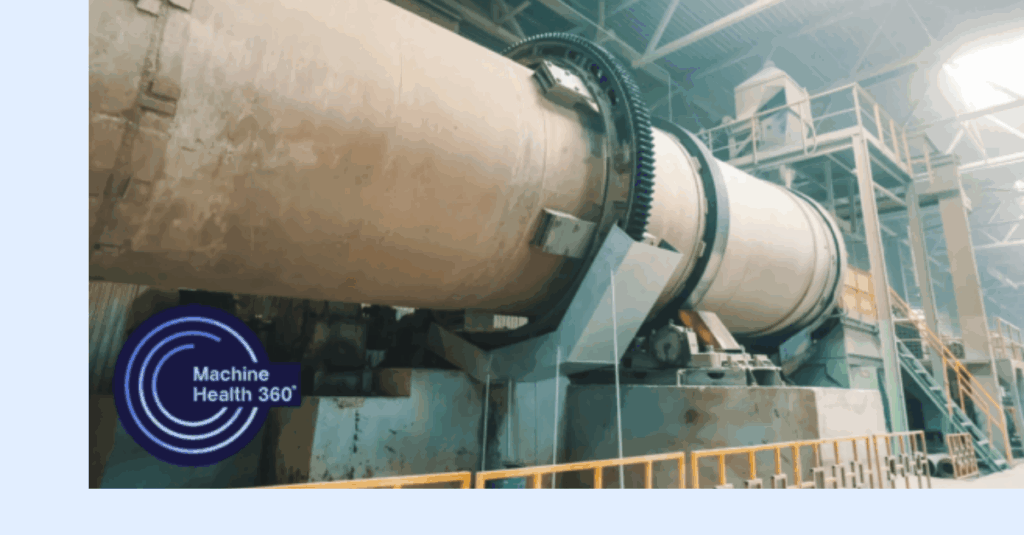
Flipping your factory into a modern manufacturing powerhouse requires a strategy that extends into every part of your facility – including how you manage your spare parts inventory.
If you think predictive, prescriptive machine health is just about fixing equipment before it fails, it’s time to think bigger. The actionable insights generated from condition monitoring can be used to optimize asset care—especially when it comes to managing spare part inventory.
Meet the Experts
Adi Segal heads up the maintenance and service department at Bazan Group, an oil refining and petrochemicals company located in Haifa Bay, Israel.
Sigal Mannheim Katzovich serves as the managing director of DSV in Israel. DSV A/S is the third largest international shipping company, offering global logistics and transport services by road, air, sea, and train.
Working together with Augury, Adi and Sigal discovered a spare-parts-as-a-service strategy, which combines machine health with logistics to better manage production risk. Their just-in-time approach to inventory is an innovative way to save money on maintenance and procurement costs.
#1: Ditch the Low-Risk, High-Risk Way of Working
Spare parts are a major line item on any manufacturing budget, making it an area ripe for review and innovation. Typically, manufacturers either follow a low-risk or high-risk strategy in the way they manage their spare part inventory.
Low risk = high inventory levels
High risk = low inventory levels
Reflecting on the low-risk strategy, Adi said, “When you don’t know what’s in front of you, usually you purchase more and your shelves are full of spare parts. We found out that they lay on the shelves for more than two to three years, without any use, which is a huge waste of time and money. And from time to time, we can’t even use those spare parts because there’s corrosion or something else that happened to them just sitting on the shelf.”
Conversely, the high-risk strategy means not holding much inventory and hoping that when a part is needed, it will be available, affordable, and delivered on time. According to Sigal, it’s a risk that doesn’t usually pay off. She shared a story where one small missing part cost a customer more than $200,000 due to rushed shipping and the part’s location a hemisphere away.
“Of course, the disruption itself cost millions of dollars,” she explained. “So the customer is not happy and we work under pressure. This is not a good environment for any supplier.”
#2: Think Differently About Machine Health Data
Bazan’s maintenance team uses machine health insights to get ahead of equipment failure and optimize its assets. However, Adi realized that there was additional value within the data that the procurement department could be leveraging as well. The insights provided a window into better forecasting the need, budget, and timing for spare parts.
That created an “a-ha moment” for DSV as well. “We realized that we could use the machine health data and insights we got from Bazan to make our whole supply chain better,” Sigal said. “We could buy better, we could deliver better. We have time to talk with other suppliers, with the ocean carriers and the air carriers, to bring parts just in time to the customer to make him happy.”
#3: Create a New “Just-In-Time” Procurement Process
Cracking the code on machine health and logistics meant Bazan’s maintenance and procurement departments pivoted to a new, smarter strategy: just-in-time inventory.
This strategy broke the cycle of reactive inspections, unplanned downtime, and emergency repairs.
Here’s how it works: Continuous machine monitoring powered by purpose-built AI enables early detection of machine faults and offers prescriptive recommendations to repair the issue. Using this information, maintenance, procurement, and outside suppliers work together to source necessary parts, schedule work, and plan shutdowns at a safer, more convenient time.
“Once AI detects the problem in the machine, there is an alert sent to procurement. We then get the order and we have the lead time to get the best rate and bring it to Bazan at the time it’s needed—not before and not too late—we call it ‘just in time parts’,” said Sigal.
New Process = Big Benefits
While just-in-time parts help cut maintenance and procurement costs, there are other benefits to pairing AI-powered machine health with logistics. For example, maintenance budgets are typically direct expenses. But predictive, prescriptive machine health extends the life of assets, improves their efficiency, and results in fewer unplanned shutdowns—which add up to significant cost savings for the business.
“I get to control my budget,” Adi said. “I can present to top management where to invest or upgrade a machine because we have spare money now.”
Sigal agreed. “Technology is here to support people and the business. It makes you work smarter, not harder. It’s a benefit–people can analyze data, talk about strategy, and talk about better budgeting instead of running after machines and fixing them all the time.”
Ready to Flip Your Factory?
Our five-part series explores defeating downtime, optimizing assets, improving processes, reducing waste, and transforming work. Watch each webisode, download the bonus content, and become a Production Health Pro.




